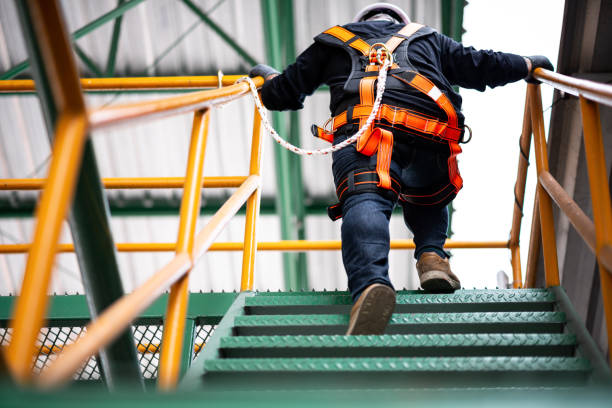Safety Sunglasses: Essential Eye Protection for Workplace Hazards
Discover how safety sunglasses do more than protect. By reducing glare, improving visual clarity, and shielding eyes from harmful rays, they enhance safety and performance. Learn which features keep your eyes comfortable and supported in every environment.

How Safety Sunglasses Protect Eyes On The Job
Workplace environments present numerous threats to eye health, from flying debris and chemical splashes to intense UV radiation and bright lights. Safety sunglasses serve as the first line of defense against these hazards by incorporating impact-resistant lenses, wraparound designs, and specialized coatings that meet or exceed ANSI Z87.1 safety standards.
The protective features of safety sunglasses include polycarbonate or Trivex lenses that resist shattering upon impact, side shields that prevent particles from entering around the frame edges, and secure temple designs that maintain proper positioning during physical activity. These glasses also filter harmful blue light and provide 100% UV protection, reducing the risk of cataracts, macular degeneration, and photokeratitis.
Compare Safety Sunglasses With Anti-Glare And UV Protection
When evaluating safety sunglasses, anti-glare and UV protection capabilities vary significantly between models and manufacturers. Anti-reflective coatings reduce glare from reflective surfaces like water, metal, and glass, while polarized lenses eliminate horizontal light waves that cause visual discomfort and reduced clarity.
UV protection levels range from basic UV400 filtering to advanced coatings that block 100% of UVA and UVB rays. Some safety sunglasses incorporate photochromic technology that automatically adjusts lens darkness based on light conditions, providing consistent protection throughout varying work environments. The combination of these features determines the overall effectiveness of eye protection in specific workplace settings.
Safety Sunglasses Designed To Improve Vision And Clarity
Modern safety sunglasses incorporate advanced lens technologies that enhance visual performance while maintaining protection standards. High-definition optics reduce distortion and provide clearer peripheral vision, while contrast-enhancing tints improve depth perception and object definition in challenging lighting conditions.
Specialized lens colors serve different purposes: yellow lenses enhance contrast in low-light conditions, gray lenses provide true color perception in bright sunlight, and amber lenses reduce blue light exposure while maintaining visual acuity. Some models feature gradient tinting that provides darker protection at the top while allowing better visibility of instruments and controls at the bottom.
Safety Sunglasses That Enhance Comfort And Reduce Eye Strain
Comfort features in safety sunglasses directly impact compliance and effectiveness in workplace settings. Lightweight materials like titanium and advanced polymers reduce pressure points and fatigue during extended wear, while adjustable nose pads and temple tips ensure proper fit across different face shapes and sizes.
Ventilation systems prevent fogging by promoting airflow around the lenses, and anti-fog coatings provide additional moisture resistance. Flexible hinges and spring-loaded temples accommodate movement without compromising protection, while cushioned contact points reduce irritation during long work shifts. These comfort enhancements help reduce eye strain, headaches, and the tendency to remove protective eyewear.
| Product Type | Provider | Key Features | Cost Estimation |
|---|---|---|---|
| Basic Safety Sunglasses | 3M SecureFit | ANSI Z87.1, Anti-fog coating | $15-25 |
| Polarized Safety Glasses | Pyramex Venture Gear | Polarized lenses, UV400 protection | $25-40 |
| Photochromic Safety Eyewear | Uvex Genesis | Auto-adjusting tint, Anti-scratch | $40-60 |
| Premium Safety Sunglasses | Oakley Industrial | High-definition optics, Impact resistance | $80-150 |
Prices, rates, or cost estimates mentioned in this article are based on the latest available information but may change over time. Independent research is advised before making financial decisions.
The selection of appropriate safety sunglasses depends on specific workplace hazards, lighting conditions, and individual comfort preferences. Regular inspection and replacement of damaged eyewear ensures continued protection, while proper cleaning and storage extend the lifespan of safety sunglasses. Investing in quality eye protection prevents costly injuries and maintains long-term vision health for workers across various industries.




